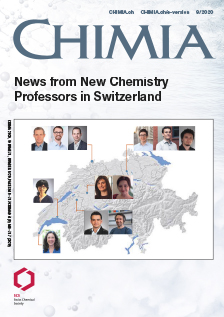DNA Damaging Agents in Chemical Biology and Cancer
DOI:
https://doi.org/10.2533/chimia.2020.693PMID:
32958106Keywords:
Dna alkylation, Cancer, Chemotherapy, Covalent drugs, Nucleic acidsAbstract
Despite their toxicity, DNA alkylating drugs remain a cornerstone of anticancer therapy. The classical thinking was that rapidly dividing tumour cells left more of its DNA in an exposed single-stranded state, making these rapidly dividing cells more susceptible to alkylating drugs. As our understanding of DNA repair pathways has matured it is becoming clear that compromised DNA repair – a hallmark of cancer – plays a role as well in defining the therapeutic window of these toxic drugs. Hence, although new alkylating motifs are unlikely to progress through the clinic, the legacy of these medicines is that we now understand the therapeutic potential of targeting DNA damage repair pathways. Here we look at the history of alkylating agents as anticancer drugs, while also summarizing the different mechanistic approaches to covalent DNA modification. We also provide several case studies on how insights into compromised DNA repair pathways are paving the way for potent and less toxic targeted medicines against the DNA damage response.Downloads
Published
2020-09-30
Issue
Section
Scientific Articles
License
Copyright (c) 2020 Basilius Sauter, Dennis Gillingham

This work is licensed under a Creative Commons Attribution-NonCommercial 4.0 International License.
How to Cite
[1]
Chimia 2020, 74, 693, DOI: 10.2533/chimia.2020.693.







